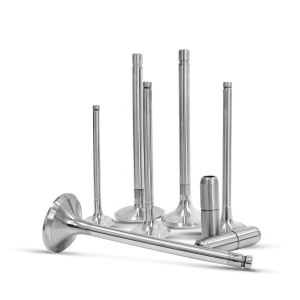

Valves play a crucial role in controlling the intake and exhaust of gases in internal combustion engines. GHAEM Trading Company, with its strong engineering expertise and deep understanding of engine system requirements, supplies a wide range of valves for both passenger cars and diesel engines. These valves are manufactured using premium German-made steel alloys and strictly follow the latest automotive standards.
Global Partnerships with Trusted Brands
GHAEM is the official representative of Autoventil Serbia, one of the oldest and most reputable valve manufacturers in the world, whose products are used by leading European automotive OEMs. This partnership ensures reliable quality and technological excellence.
Additionally, GHAEM-branded valves are sourced from top-tier global suppliers and undergo comprehensive quality inspections to meet exact specifications in material, geometry, and surface treatment.
Made from high-grade steel alloys engineered for heat resistance, wear protection, and long service life.
Surface treatments such as nitriding or hard chrome coating ensure minimal friction and extended durability.
Each valve is machined to strict tolerances, ensuring perfect fit and optimal engine performance.
Every valve is tested for durability and performance and is backed by GHAEM’s quality warranty.

specializes in the global supply, sales, and after-sales support of high-quality spare parts for light and heavy vehicles, including super heavy-duty engines. Our commitment is to deliver reliable solutions across international markets.
About Us
Contact Us
At a glance
The Board
Keyhan Sanat
Piston Sazan
Raya machine
GHAEM Group
Head Office:
2nd floor, No. 87, Kashani St., Tehran, Iran
International Offices:
-Ankara, Turkey
-Moscow, Russia
Brand names and trademarks mentioned on this website are used for identification purposes only. We are not affiliated with or endorsed by these brands.